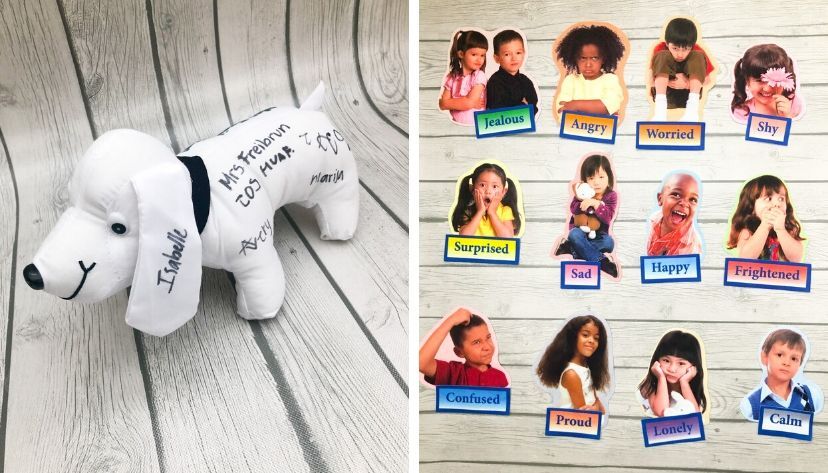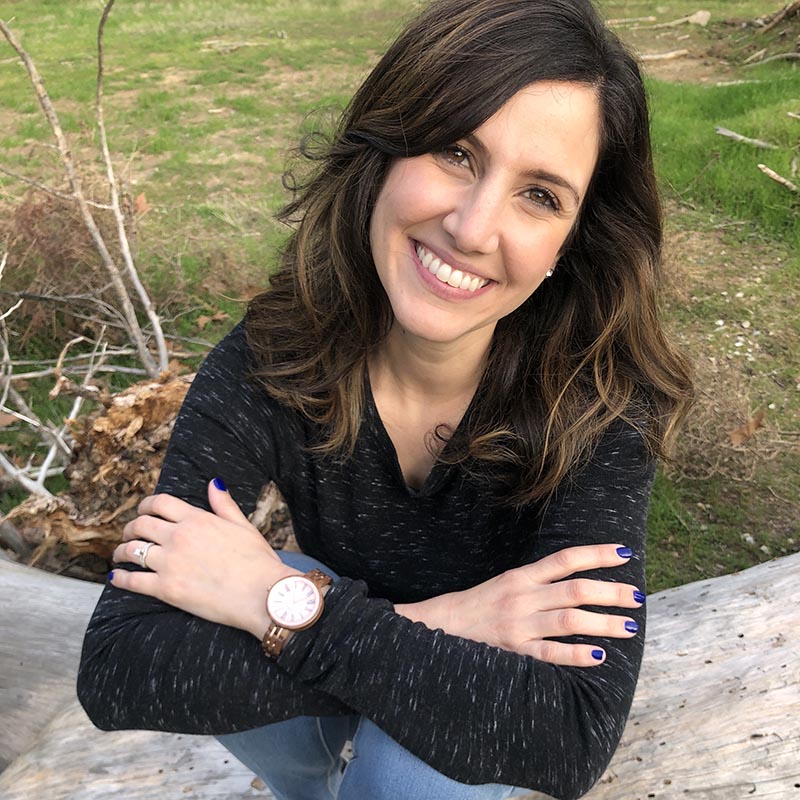Use restorative classroom circles to promote social emotional learning (SEL) and a positive classroom culture for your students this year.
Restorative practices in schools can transform student behaviors and promote a positive school culture. Restorative practices promote inclusiveness and help build relationships among students with teachers, staff members, and other students. Instead of punishing students, teachers are encouraged to support students in reflecting and taking responsibility for their actions, all while building and strengthening their school community.
One effective way of incorporating restorative practices into your daily classroom routine is through the use of restorative classroom circles.
The great thing about restorative circles is that they're effective at any grade level. They offer students a level of support and comfort, while also giving students a platform to share their ideas, feelings, and/or concerns about topics presented during the circle.
They're easy to start and implement, and it's totally possible to incorporate these restorative circles into your daily classroom routine.
How to Structure Restorative Circles
Move the furniture in your room to clear space so students can sit down in a large circle. Set expectations at the forefront to ensure that students understand the purpose of the circle.

Here are the expectations I've used with my students in the past:
-
Sit quietly and give the speaker your eye contact.
-
Only speak when you have the talking piece.
-
Stay positive and offer support.
-
Use "I" statements to acknowledge other ideas (I agree with __ because__, I disagree with __ because __, I would like to add on to __'s idea, I feel __ because __)
-
Remember...this is our safe space!
Expectation number two mentions a talking piece. In our classroom I've used this autograph dog as the talking piece. This year I'll be using this autograph sneaker and starting with the book, Stand in My Shoes. What I really appreciate about these talking pieces is that students can sign them!

This is a great activity to do at the beginning of the school year because after going over expectations of restorative circles, students sign the autograph talking piece as a symbol of honoring the expectations during each restorative circle visit.
Students can only speak if they're holding this talking piece. Once they're done sharing in our circle, they pass the talking piece to the next person. Students can always pass the talking piece to the next person if they don't want to share anything at that moment or if they're just not ready to share yet.
At the beginning of the school year, the restorative circles can be light-hearted and fun just to build community and a support system.
Later in the year, after community and trust is built, our restorative circles can be used to solve problems with peers, learn social emotional techniques, or to just decompress.
Real-Life Examples with Restorative Circles
This past school year we had a school shooting at our nearby high school. Our students feed into that high school and I teach fifth grade. That morning was such a somber time so I used a restorative circle to help my students decompress and share their emotions, thoughts, and worries. It was a powerful moment for all of us in our classroom family.
We also had a problem where kids were stealing things from others. I used a restorative circle to talk about the negative effects of stealing and the repercussions that come when someone takes things that don't belong to them. Through that restorative circle, we found out the student who was stealing was not even in our class. Because of that, our next restorative circle was based on understanding why others may do things that we may not always understand, but it's our responsibility to help that person and show them that we care and support them...even when mistakes are made. This was another powerful moment where students felt comfortable to share their insecurities and let others know how they felt.
Resources for Implementing Restorative Circles
Restorative (or classroom) circles are a great way to start or end your school day. Sometimes restorative circles are needed in the spur of the moment (problems on the playground, emotional discomfort, trauma-related experiences) because they need your attention right that moment. Additionally, circles can be held to support students in their social emotional needs, as well as to prevent additional problems from occurring. Incorporating these 50 Emotion Activities cards is a great way to facilitate those daily classroom circles. These cards give ideas and guide discussions through the use of books, Simon says, teaching feeling words, etc.

It's important to continue an emotional check-in outside of your restorative circles, too. Set up a daily check in board or poster. These emotion sticky notes can be an easy and anonymous way for students to check in with you, even without a board. Keep these sticky notes in an area that's easily accessible to all students. They can use a sticky note that matches what they're feeling. They can then write the student number or name on the back and leave it on a board or at your desk, somewhere where others won't necessarily see it. This can help identify students' feelings and get them addressed quickly. You can even hand out the emotion sticky notes at the end of a restorative circle to get a feeling of your class's emotional well being.

Use these felt emotion cutouts as a classroom display since not every student may have a full understanding of what emotions really mean or look like. A visual display would be helpful in supporting students' understanding of emotions. They're even perfect to guide your classroom circle. You can start by holding up one of the emotions and asking students to describe that emotion. End the circle by asking students to choose which child from the felt cutouts matches the emotion they described.
Restorative Circles and Positive Classroom Culture
In the end, the purpose of intentionally holding circles in your classroom is to promote a positive culture, create a safe space, and encourage students to voice their opinions and be open about their emotional well being. Restorative circles are a strong support system for all of our students.


